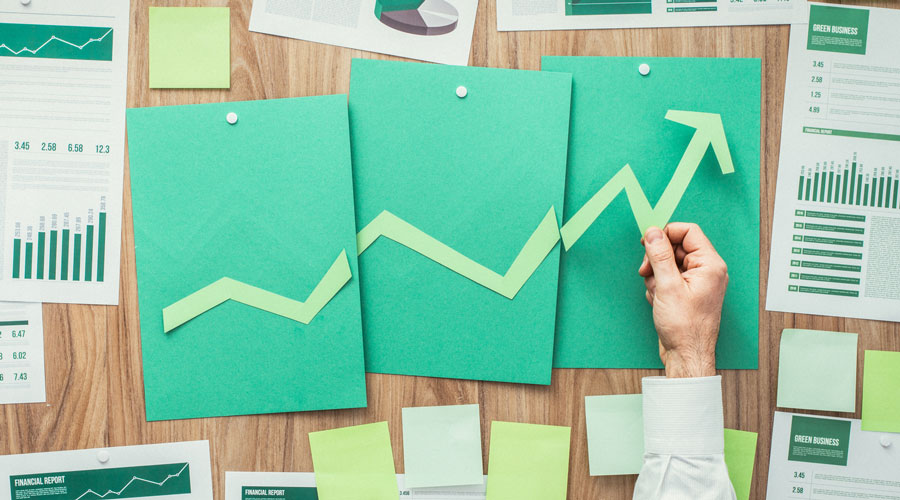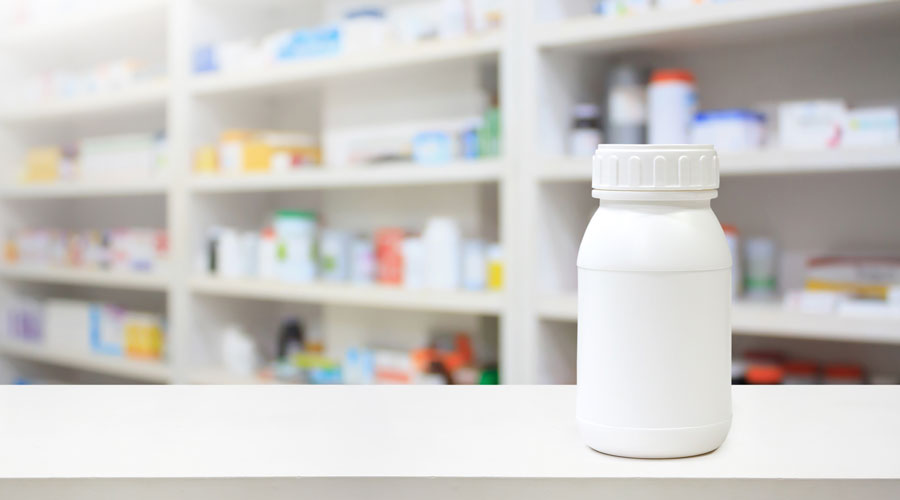Inside: Before you can improve your independent pharmacy profit margins, you need to know how to calculate them.
Margins make or break independent community pharmacies.
They’re the beating heart of your business.
And just like you need to monitor your heart to ensure its health, you need to monitor your margins to ensure the health of your business.
But before you can monitor your margins, you need to know how to calculate pharmacy profit margins.
The good news? You don’t have to be a math whiz to figure it out.
Check out our complete overview of pharmacy margins. We’ll explain the details of margins, show you how to calculate margins, and explain ways to increase them.
RELATED: What Is the Average Independent Pharmacy Profit? (And How to Grow Your Profit Margins)
What is a Pharmacy Margin?
A margin is the difference between what you pay for a product and what you earn for it.
Prescription margins matter most for independent community pharmacies because most pharmacies’ sales revenue comes from prescriptions. (Ninety-two percent of total sales revenue in fact.)
Although you can also look at margins on over-the-counter (OTC) products, we’ll dive into prescription margins.
If your pharmacy spends $2 on Lisinopril and gets reimbursed $3, the margin is $1.
That $1 margin is your profit.
Profit includes what’s left over from sales to cover:
- Fixed costs
- Other operating expenses
- Interest
- Taxes
You can calculate your pharmacy profit margins on:
- Single items
- Groups of items
- Total items in your business
You’ll want to know each one for different reasons.
For example, if you know which individual products make the most margin, you can strategize how to sell more of those products.
How to Calculate a Pharmacy’s Total Margin
The most important margin to know is your pharmacy’s total margin, which you derive from your total sales and your total cost of inventory. This margin gives you the overall picture of your business’s health.
How to calculate total margin:
Total Sales – Total Cost of Inventory
Check out this example:
You buy goods for $2,000 and sell them (get reimbursed) for $5,000.
Formula: $5,000 – $2,000 = $3,000
Total profit margin: $3,000
How to Calculate a Pharmacy’s Margin Percentage
A margin percentage shows a different way of looking at your business’s health. You’ll use the margin dollar amount to calculate margin percentage.
The percentage reflects your margin for every $1 in sales. If your pharmacy has a gross profit margin rate of 15 percent, then $0.15 of every $1 in sales is your margin.
The margin percentage you need to keep your business running depends on many factors, such as total operating expenses. But in general, your independent pharmacy profit margin percentage should be greater than 25 percent.
How to calculate your margin percentage:
Margin of Sales / Total Sales
Check out this example:
You make $5,000 in sales this month and $1,000 in profit margin.
Formula: 1,000/5,000 = 0.2
Profit margin percentage: 20 percent
How Pharmacy Profit Margins Affect the Bottom Line
A small drop in margin can hurt your pharmacy.
Even losing 1 percent of margin every year can cripple your business after several years.
Likewise, an increase of a few percentage points can boost your business.
Check out this example:
You make $1 million in sales every year.
A 25 percent margin is $250,000.
If you gain 1 percent each year for six years, your margin increases to 31 percent.
A 31 percent margin would be $310,000.
So, every year you’d pocket $60,000 more if you increased your margins by only 6 percent. Or, you’d lose $60,000 if your margins decreased. This could mean you can’t pay your operating expenses to keep your doors open.
Ensure the safety and success of your pharmacy business by calculating your margin percentage. And, watch it throughout the year.
Top Ways to Increase Your Pharmacy Margins
Look at the formula to calculate total margin again: Total Sales – Total Costs of Inventory. Your options to increase your pharmacy profit margins fall into two areas:
- Increase total sales
- Decrease total cost of inventory
So, what can you do to improve your margins?
Options to increase your pharmacy margins:
- Focus on selling high margin products and services. (For example, invest in marketing for flu shots if they earn high margins.)
- Target disease states with high margins (For example, diabetes.)
- Network with physician practices that generate high revenue prescriptions
- Buy inventory at the lowest price possible
Conclusion: The Best Way to Increase Your Pharmacy Margins
You can work on selling more of your profitable high-margin prescriptions. But increasing total sales alone may not generate the results you want. Because to sell more prescriptions, you must also pay for that increase in inventory.
You’d need to increase the amount you get paid for each prescription. And that means getting a better reimbursement.
How PBMs factor into pharmacy margins
As you know independent pharmacies have little control over improving their reimbursements. Every year, pharmacy benefits managers (PBMs) squeeze more out of pharmacies’ margins. You have little power over PBM contracts. And a lack of control means you all too often end up filling prescriptions at a loss (a negative margin.)
There’s no sign that will change anytime soon. So, the only option left is to decrease your total cost of inventory by buying better.
But how do you do that?
Well, wholesalers supply your inventory at set prices. That means negotiating a better contract with your primary wholesaler can get you a lower cost of inventory.
But many independent pharmacies don’t have the leverage to negotiate a better deal. And they don’t have the negotiating expertise to know how to maximize the contract terms for the best possible cost of inventory.
A look at pharmacy buying groups
That’s when pharmacies typically turn to pharmacy buying group services. Buying groups work as cooperatives to give pharmacies buying power with wholesalers.
But many buying groups only offer pharmacies the choice of one wholesaler, which doesn’t give them a true market-competitive bid.
That’s why pharmacies are using ProfitGuard, a primary wholesaler contract negotiation and management service by PBA Health. The expert negotiators with ProfitGuard can provide your pharmacy with negotiation leverage and expertise to improve your primary wholesaler contract. The service forms regional groups of pharmacies and bids the group’s business across multiple national wholesalers to find you the best deal.
And, the service can improve your pharmacy profit margins by up to 6 percent on average.
A look at secondary suppliers
Getting the most out of your primary wholesaler contract is the best way to manage your cost of goods, but there are times when your primary wholesaler might not have the best price or might be out of the NDC you need. When these situations inevitably arise, you need to have a reliable secondary supplier to help keep your cost of goods manageable.
BuyLine®, an NABP-accredited secondary supplier, offers a full line of brands, generics, OTCs, and controls at the lowest prices in the secondary market. In addition to having low list prices, BuyLine also rewards purchases with cash rebates and significant discounts on brands. Earn up to an additional 10% cash rebate on generics and up to WAC -4% on brand.
With online ordering and next-day shipping options, shopping with BuyLine is quick and convenient. There are absolutely no commitments with BuyLine — no fees, no contracts. Try it to see if you like it and bail if you don’t.
Calculating pharmacy profit margins won’t show you the whole picture but managing your margins will help you run a healthier business. See the whole picture of your business by measuring these important pharmacy metrics.
A Member-Owned Company Serving Independent Pharmacies
PBA Health is dedicated to helping independent pharmacies reach their full potential on the buy-side of their business. Founded and owned by pharmacists, PBA Health serves independent pharmacies with group purchasing services, wholesaler contract negotiations, proprietary purchasing tools, and more.
An HDA member, PBA Health operates its own NABP-accredited secondary wholesaler with more than 6,000 SKUs, including brands, generics, narcotics CII-CV, cold-storage products, and over-the-counter (OTC) products — offering the lowest prices in the secondary market.












